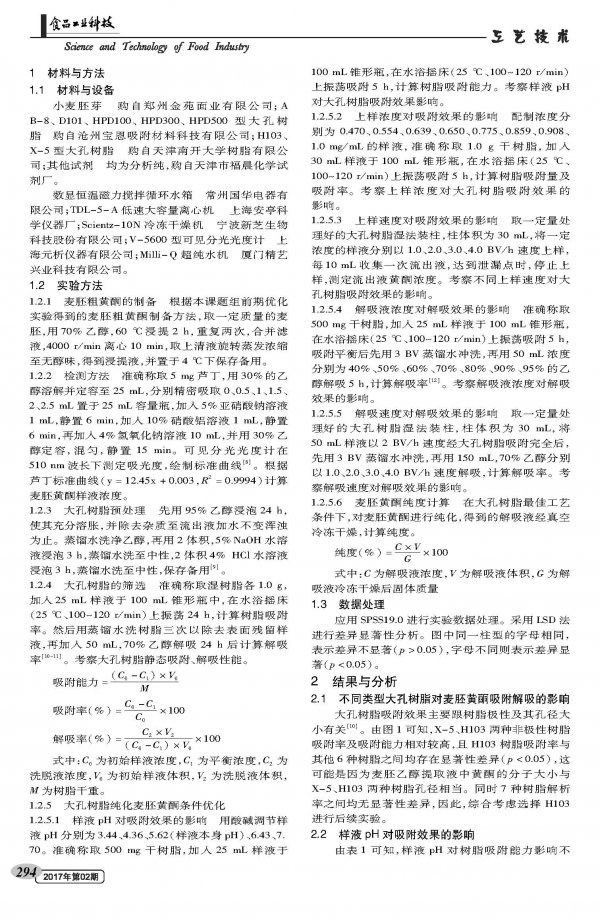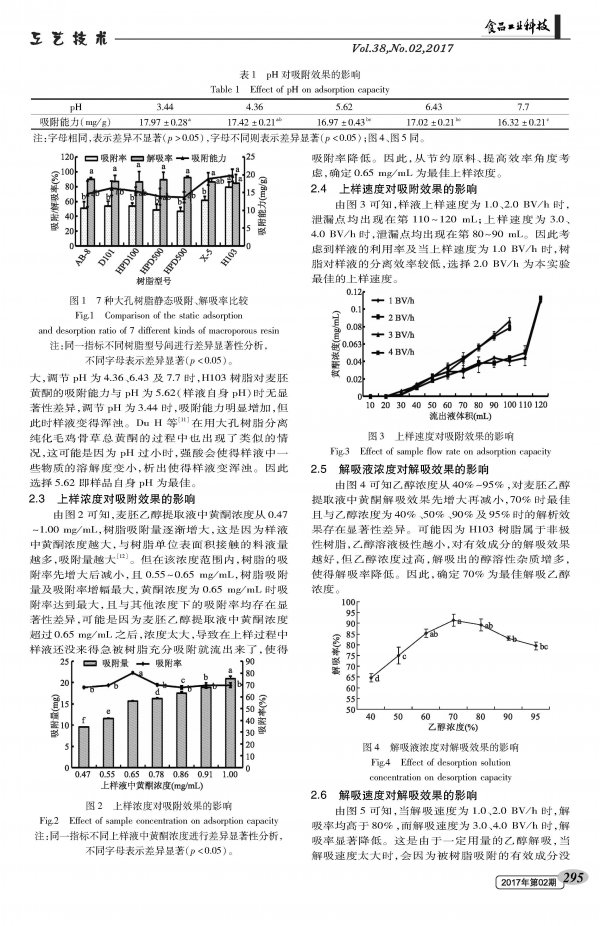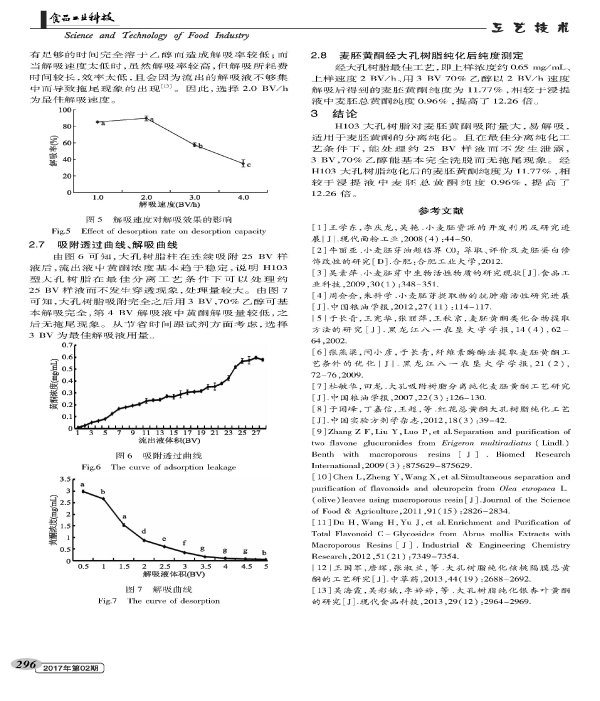Wheat germ is the life source of wheat grain. It is not only rich in fat and protein, but also contains many trace elements and minerals. It is known as “the natural treasure house of human nutritionâ€. China is the world's largest wheat producer and consumer, and the annual wheat germ storage capacity that can be developed and utilized is as high as 2.8 to 4.2 million tons. However, due to the rich lipase and protease in wheat germ, it affects the stability and baking quality of flour. Therefore, the traditional milling industry generally treats the epidermis and germ as animal feed, so that the wheat germ resources are not fully, rationally and effectively utilized. In recent years, with the rapid development of the food industry, it has promoted and promoted the rapid development of wheat extracting and milling technology. The rich nutrition and health care ingredients in wheat germ have also been valued by researchers at home and abroad. Extracting, separating and purifying flavonoids from wheat germs can lay a theoretical foundation for the application of wheat germ flavonoids, accelerate the research on the comprehensive utilization of wheat germ resources, and have high economic benefits. At present, the extraction process of flavonoids in wheat germ mainly includes solvent extraction, ultrasonic assisted extraction and bio-enzymatic extraction. For example, Changqing et al. used water extraction, addition and subtraction extraction, and enzyme extraction to extract flavonoids from wheat germs. By comparison, it was found that the extraction effect of alcohol extraction was the best. Zhang Yanliang et al. used cellulase to extract flavonoids from wheat germ, and the maximum extraction rate was 0.602%. Although the above method achieves the extraction and separation of the flavonoids in the wheat germ, the yield and purity of the flavonoids are low, and all the crude extracts are obtained, which needs to be further purified. At present, there are few studies on the separation and purification methods of wheat germ flavonoids at home and abroad. Only Du Minhua et al. obtained a good adsorption and desorption effect of AB-8 macroporous resin on wheat germ flavonoids, but did not explain its purification effect. . In this paper, the adsorption and desorption effects of seven macroporous resins on wheat germ flavonoids were systematically compared, and the optimal resin purification process was optimized to provide a theoretical basis for the preliminary separation and purification of wheat germ flavonoids. Make full use of the theoretical foundation. 


